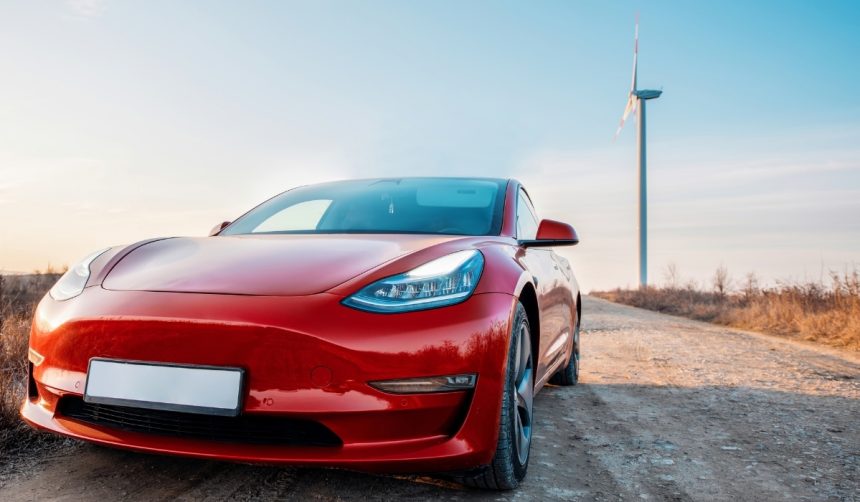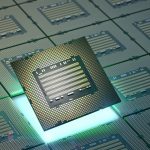Battery innovation races ahead as Panasonic, a key supplier to Tesla, is developing a next-generation high-capacity cell that could add significant range for electric vehicles. The Japanese conglomerate’s move follows continuous competition among automakers and battery manufacturers to increase efficiency and reduce costs. If successful, this new approach may impact both performance standards and the economics of electric mobility for companies such as Tesla and beyond.
Earlier reports on Panasonic’s battery research have mentioned incremental improvements, focusing mainly on traditional lithium-ion construction and material cost reduction. The recent announcement marks a notable shift in strategy with the elimination of the anode in the battery’s production process. Recent developments contrast with prior goals, which primarily targeted cycle longevity rather than maximizing range in a fixed battery footprint. The move also signals a broader focus within the industry on integrating high-performing batteries directly tailored for flagship EV models like the Tesla Model Y, in line with rising demand for longer-range vehicles without increasing weight or size.
How Does Panasonic’s Anode-Free Battery Work?
Panasonic’s proposed battery innovation centers on removing the anode during manufacturing. This design allows for a greater concentration of active cathode materials, including nickel, cobalt, and aluminum, within the same physical space. The manufacturer estimates this adjustment could raise battery capacity by about 25 percent, enabling the Tesla Model Y to travel roughly 90 miles farther on a single charge. Alternatively, automakers may opt to maintain existing vehicle range while making batteries smaller and lighter to improve efficiency.
What Does This Mean for Tesla Collaboration?
The development could strengthen Panasonic’s longstanding partnership with Tesla as the automaker seeks to increase production volume and enter new markets with products like the Optimus robot and Cybercab. As Tesla scales up for these new launches, reliable and innovative battery supply becomes even more critical. A Panasonic executive commented,
“We aim to achieve a world-leading level of capacity by the end of 2027.”
which reflects the company’s intention to deliver concrete technological advancements in this timeframe.
Will Panasonic Lower Raw Material Reliance?
Alongside increasing battery capacity, Panasonic is also looking at reducing its dependence on nickel, one of the most expensive materials in battery manufacture. Addressing this cost factor could make electric vehicles more affordable over time. The company has not yet provided specific figures regarding production costs or projected timelines for widespread commercial implementation. However, Shoichiro Watanabe, the technology chief at Panasonic Energy, noted,
“We expect this new approach will help optimize both performance and resource usage.”
suggesting a dual focus on efficiency and sustainability in future battery rollouts.
Panasonic’s anode-free battery initiative brings a fresh angle to the industry’s pursuit of longer-range, lighter, and more cost-effective solutions. As other battery manufacturers explore solid-state and alternative chemistries, Panasonic’s strategy of refining existing lithium-ion technologies may offer a more immediate improvement for current EV models. Consumers and automakers alike will be watching for test results and commercial viability, especially given Tesla’s drive to expand its product lineup. Those interested in the impact of battery materials on prices and supply chains may want to follow developments closely, as cost reductions could accelerate the broader adoption of electric vehicles, especially in long-range markets.
- Tesla Model Y may travel 90 miles farther with Panasonic’s new battery.
- Panasonic’s anode-free batteries could reduce cost and raw material use.
- Full-scale production aims for completion by the end of 2027.










